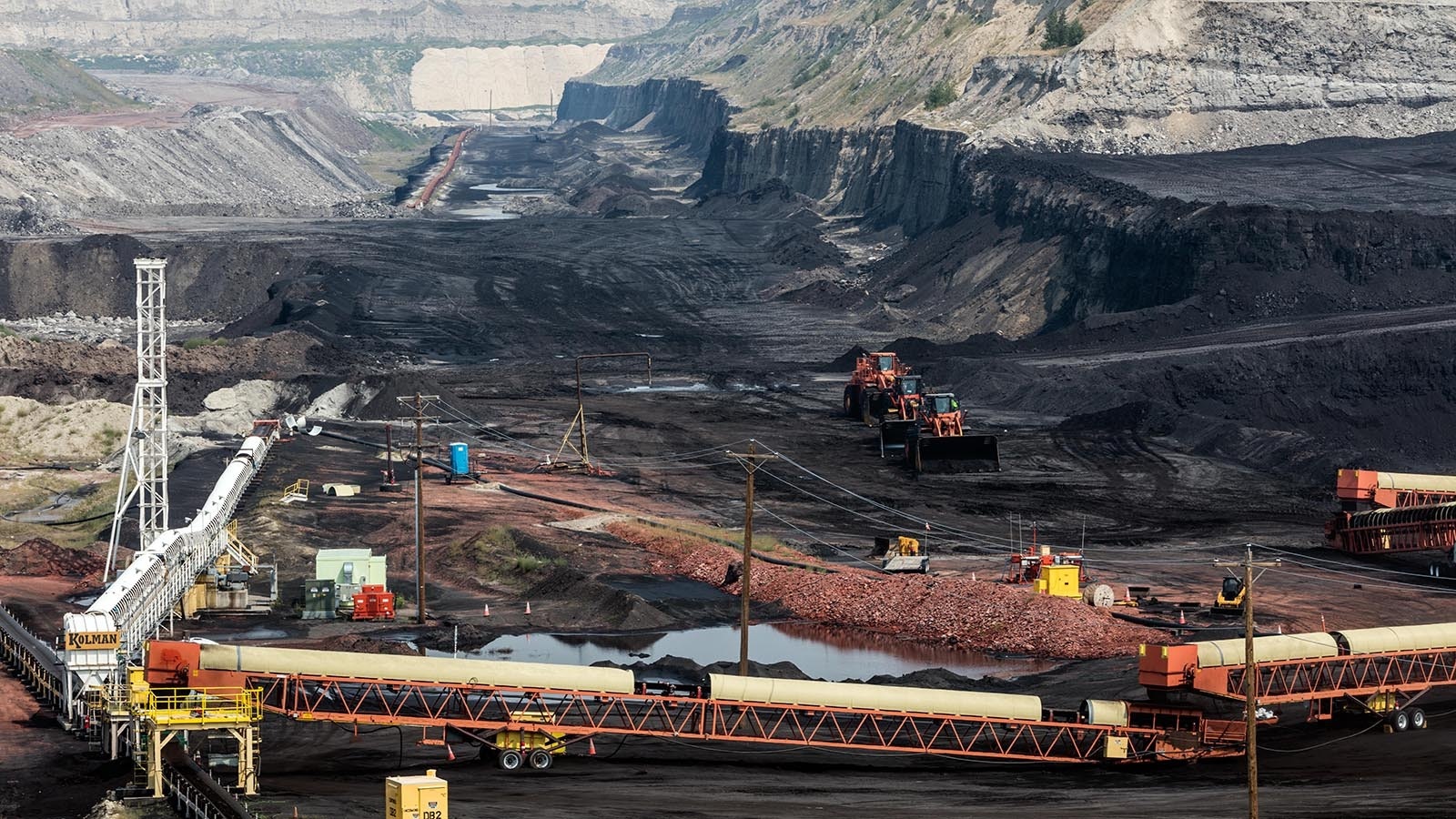The Biden administration this month released a 681-page rule aimed at forcing coal and natural gas plants to run nearly emissions free in the next decade.
In anticipation of Biden’s war on coal, utilities such as Rocky Mountain Power have been planning to retire coal plants and convert some coal-fired units to run on natural gas, which lowers carbon dioxide emissions.
The proposed EPA rules, however, also come down pretty hard on natural gas, and complying with the regulations will likely make running natural gas-fired plants uneconomical.
If the rules become final, most of Wyoming’s electrical grid will need to run almost entirely on wind and solar.
Trying to create a reliable energy supply running on intermittent sources will be extremely difficult and costly.
Non-Starter
The Institute for Energy Research, an energy research nonprofit, warns that the proposed rules would wreak havoc on natural gas plants.
Under the proposal, natural gas plants would have to blend natural gas with 30% hydrogen by 2032, and be almost entirely hydrogen-fired by 2038.
Hydrogen can be derived from coal and natural gas, but it requires carbon capture to keep from releasing carbon dioxide into the air.
The politically acceptable means of producing hydrogen under the current administration would be with water and electrolysis using wind and solar. That would be three to four times more expensive than the other methods and the infrastructure to do this doesn’t yet exist.
“In terms of being economically feasible, it’s just a non-starter,” Alex Stevens, manager of policy and communications for the Institute for Energy Research, told Cowboy State Daily.
The IER report also notes that blending hydrogen produces more nitrogen oxides, which would put these plants out of compliance with other EPA regulations. As a result, the plants would have to install new turbines and other equipment, some of which is still in development.
Best Laid Plans
PacifiCorp, which is the parent company of Rocky Mountain Power — Wyoming’s largest utility — had anticipated the need for shutting down coal plants.
In its latest planning documents, the utility laid out a roadmap to largely divest itself of coal-fired electrical generation, with six units being converted to run on natural gas by 2030 and the rest retired.
David Eskelsen, PacifiCorp spokesperson, told Cowboy State Daily that it’s too early to determine if any specific changes to the company’s long-term planning will be required as a result of recent EPA actions.
Besides the rules having not been finalized, Stevens said they’re likely to face legal challenges. President Joe Biden, Steven said, can still score points with his base by pursuing the anti-fossil fuel regulations. Companies will still have to comply while the issues are tied up in courts.
“They know they aren’t going to survive legal challenges, but they’re pressing ahead anyway,” Stevens said.
Speed Up The Process
PacifiCorp’s long-term planning document, called an Integrated Resource Plan, is submitted to the Wyoming Public Service Commission. The filing date for the 2023 IRP is May 31, and Eskelsen said it will not include the impact of the latest EPA actions.
However, they publish an update next year, and there’ll be an opportunity to incorporate any regulatory changes at that point.
Eskelsen said that the Biden administration’s proposed emission reduction targets will require improvements in the permitting process.
The time to get federal approval for interstate transmission infrastructure and electrical generation plants, including wind and solar farms, won’t allow the utility to keep enough supply on the grid and meet the targets.
Accelerated Transition
Since wind and solar farms only produce electricity under the right weather conditions, power producers have to build out much more generation capacity to replace any retired coal- and natural gas-fired capacity. That requires a lot of transmission lines to connect the wind and solar farms together.
Transmission projects can take decades to get permitted and built.
“We will continue to advocate for the tax incentives and siting and permitting reform necessary to advance and accelerate the clean energy transition,” Eskelsen said.
The utility will, he said, continue to lower cost and enhance reliability as it integrates renewable resources.
“Our focus is on investing in renewable energy generation, retiring coal units when it is cost-effective to do so,” Eskelsen said.
Kevin Killough can be reached at: Kevin@CowboyStateDaily.com





